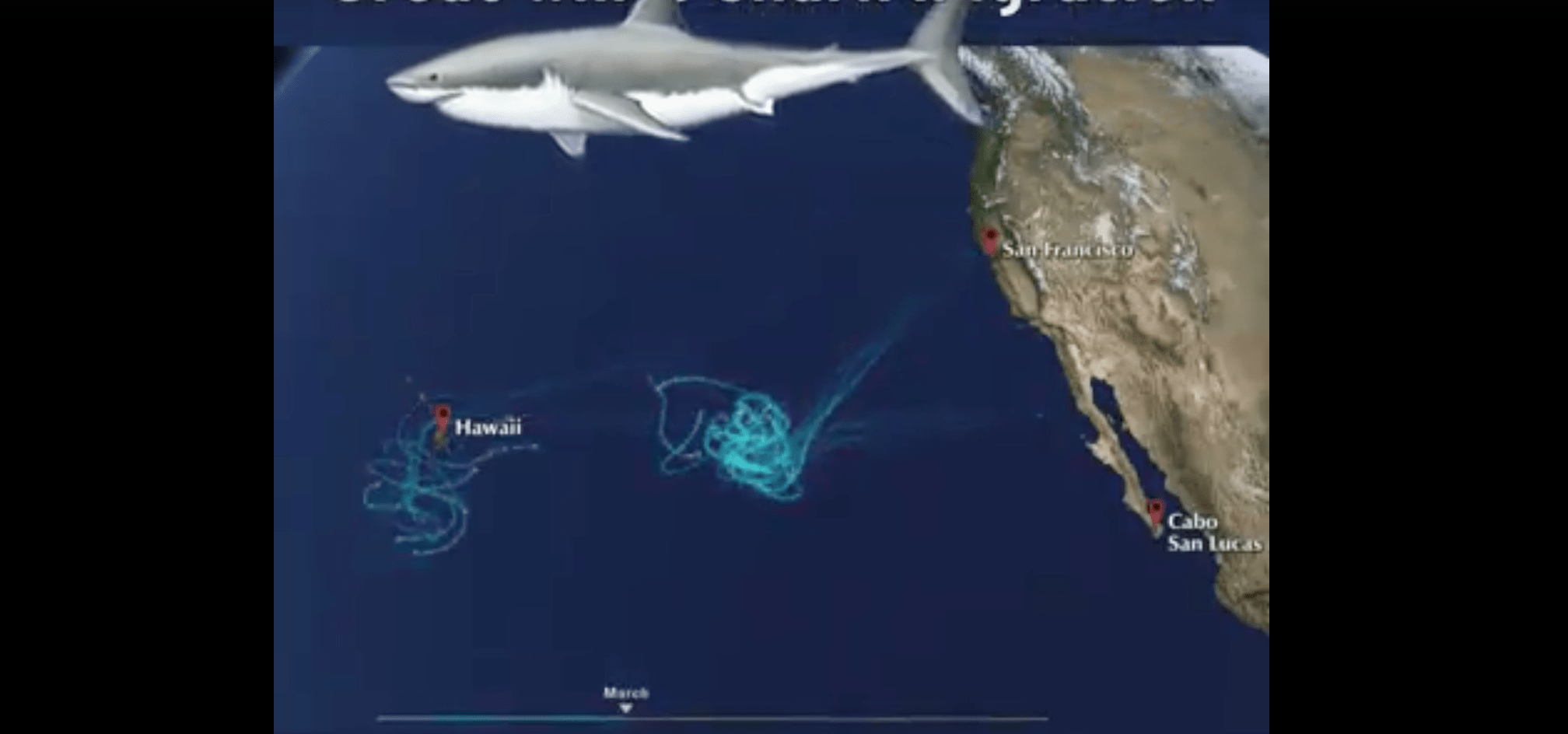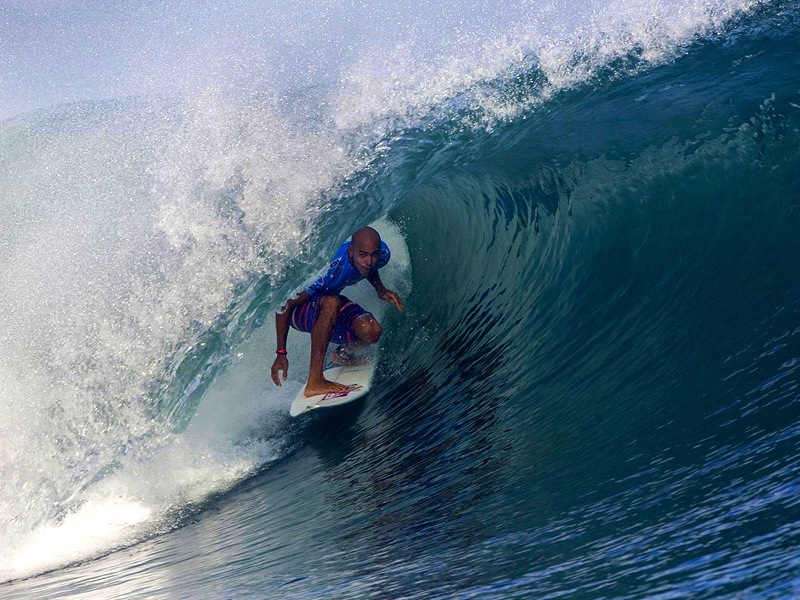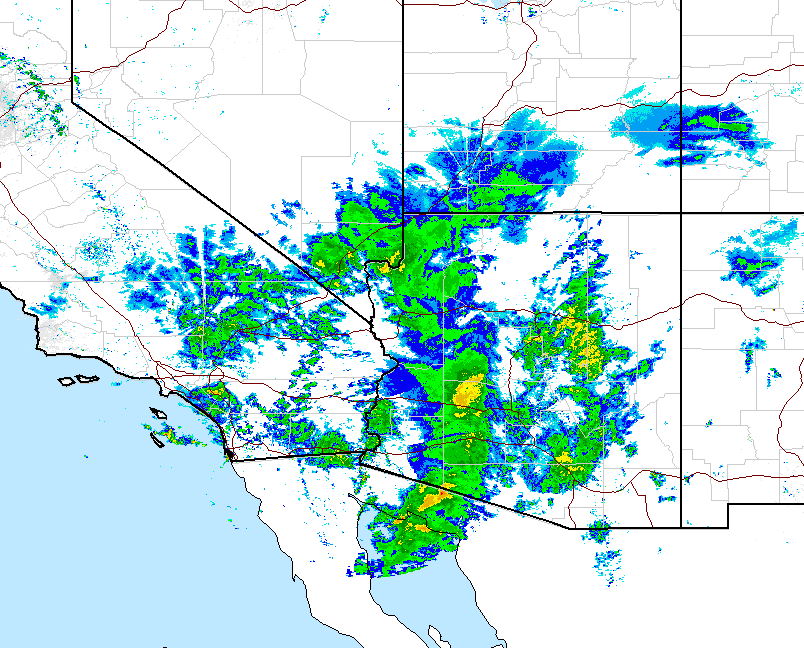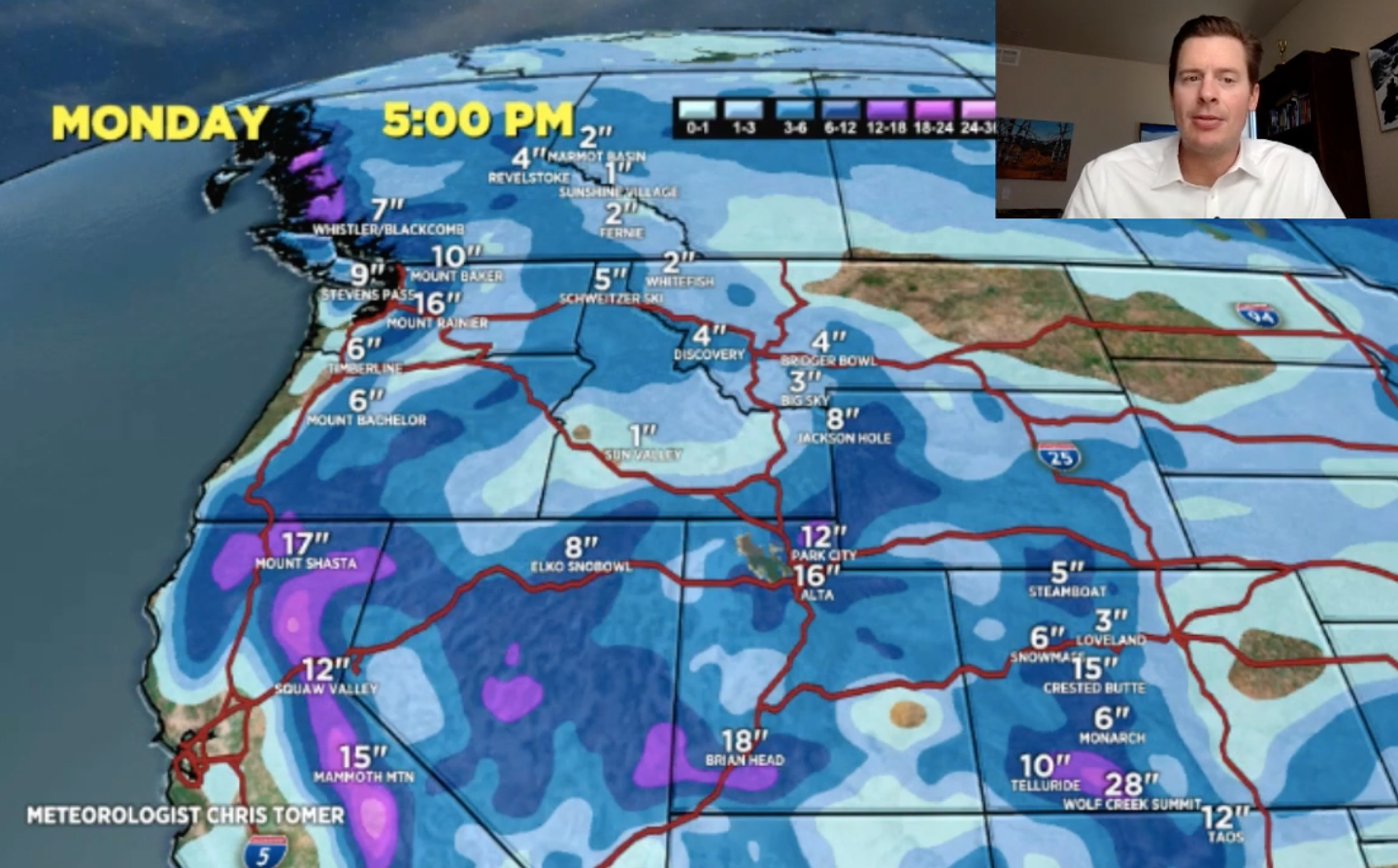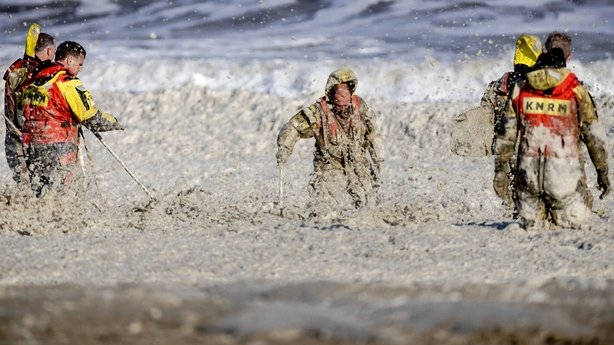
The Dutch surf community is in mourning following the tragedy on Monday that claimed the lives of five experienced surfers.
At least five surfers are known to have died at Scheveningen beach, 30-miles from Amsterdam, in the Netherlands. The group ventured out during a particularly heavy storm. Strong winds, challenging currents, and a deep layer of sea foam moved in quickly and surprised the group of up to 10 surfers.
“Some surfers told the news agency Algemeen Nederlands Persbureau that the thick foam made it especially difficult for those who had fallen from their boards to return to shore.”
– Quote in the New York Times
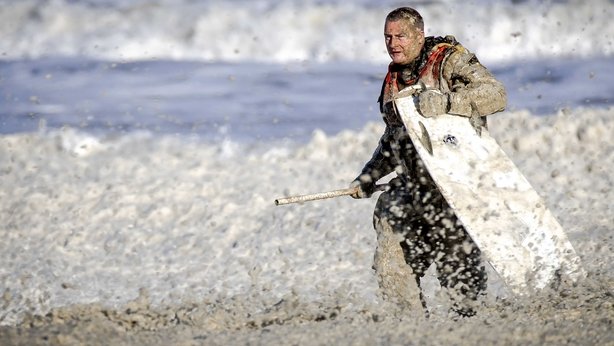
The search for six missing surfers began Monday afternoon. Three bodies were recovered. Stopping due to nightfall, the search operation began Tuesday morning when two more bodies were recovered. Officials used the rotors of a coast guard helicopter to try and clear the sea foam that was hampering their efforts.
“The strong wind from a northern direction and strong sea current due to the spring tide made the joint search actions a tricky job.”
Lifeguard service KNRM
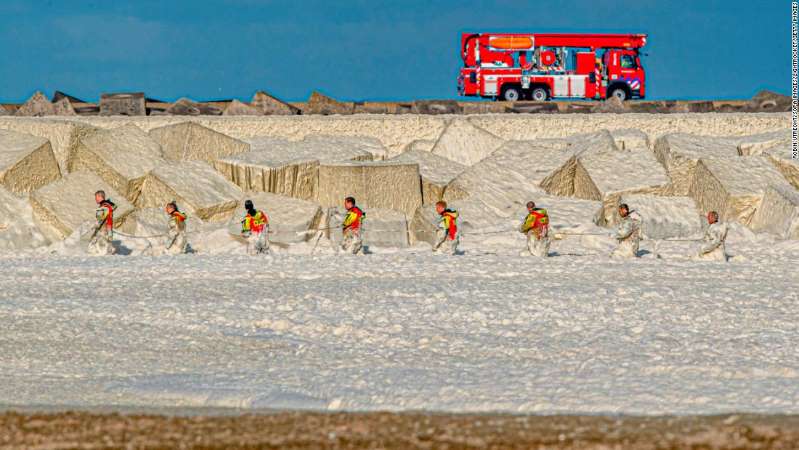
The ages of the victims, all local men, were between 22 and 38. Two of them were surf school instructors and trained lifeguards.
“They were busy training. They then disappeared under the foam like it was some sort of avalanche.”
The Hague’s “alternative mayor” Pat Smith
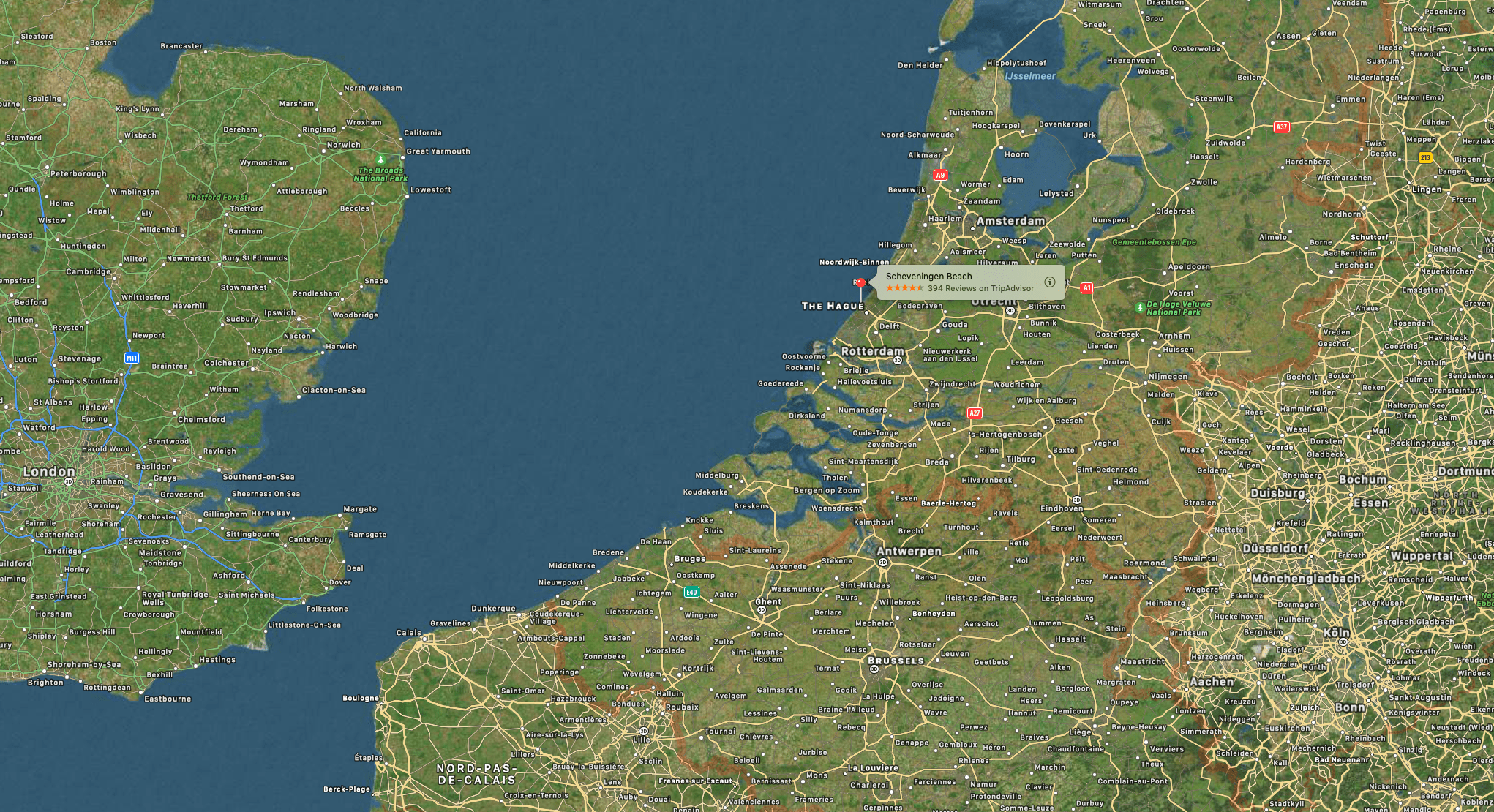
Scheveningen is one of the eight districts of The Hague, Netherlands, as well as a subdistrict (Wijk) of that city. Scheveningen is a modern seaside resort with a long, sandy beach, an esplanade, a pier, and a lighthouse. The beach is popular for water sports such as windsurfing and kiteboarding. The harbor is used for both fishing and tourism.
Sea foam, ocean foam, beach foam, or spume is a type of foam created by the agitation of seawater, particularly when it contains higher concentrations of dissolved organic matter (including proteins, lignins, and lipids) derived from sources such as the offshore breakdown of algal blooms. These compounds can act as surfactants or foaming agents. As the seawater is churned by breaking waves in the surf zone adjacent to the shore, the surfactants under these turbulent conditions trap air, forming persistent bubbles that stick to each other through surface tension. Seafoam is a global phenomenon and it varies depending on location and the potential influence of the surrounding marine, freshwater, and/or terrestrial environments. Due to its low density and persistence, foam can be blown by strong on-shore winds from the beach face inland. In some instances, storms can create layers of sea foam that have been reported to be a meter in thickness.

